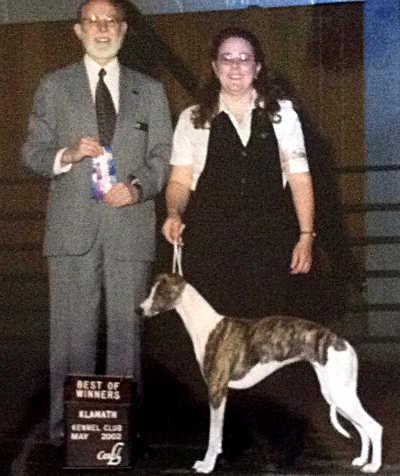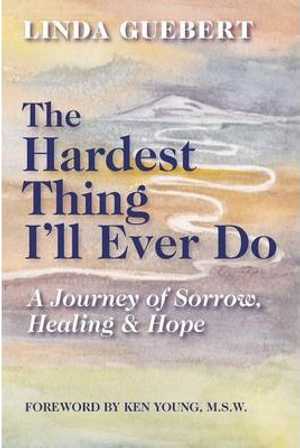- Gail Salituri
- Posted On
Salituri: Memories of Barbara LaForge

Each year at this time I receive phone calls and emails inquiring about the unsolved murder of Barbara LaForge.
Sorting through gallery inventory recently led me to unwrap an unfamiliar box. Carefully placed inside this cardboard box was a beautifully framed memento which belonged to Barbara LaForge.
Never forgetting how proud she was of her whippet show dog, Carmen, a flood of emotions ran through me. That's because Carmen was the only eyewitness to Barbara's murder, which occurred on Tuesday, Oct. 8, 2002.
My mind immediately flashed back to the dreadful day 11 years ago when I learned my friend was murdered in our place of business.
I gazed upon the picture showing Carmen's first blue ribbon. Barbara, who was so proud of the win, was standing with the judge. There were various articles depicting this very happy time in Barbara's life so beautifully placed in this shadow box.
The questions I had suppressed once again filled my thoughts from so many years ago.
I found myself staring at Barbara's photo, uttering under my own breath, “Barbara, what happened to you? Who did this to you? Why?”
I had to ask, because I don't know who did it, or why.
Never forgetting that fall morning – but sometimes wanting to erase it all from my mind – memories flooded my mind.
They included the phone call I received from Mike Stafford, a business owner next door who found her lifeless body after my phone calls to locate her failed.
It was shocking, something no human could ever forget – that call that no one ever wants to receive.
The very distressed and shaking voice repeating over and over, “I think she's dead,” was the beginning of a nightmare that has haunted me, her family, friends and community for all too many years.
Unsolved murders are not easy. They are troublesome; dealing with them can take bites out of your life that can never be regained.
The not knowing is the worst; the bewilderment leaves you in a place called limbo. It's a place you cannot breath in, a place that swallows you up.
Life changes. You look at everyone, every possibility and every probability in a different light.
Murder has its own deeper level of denial and shock. The event is unbelievable, unexpected, tragic and a crime, all at once.
The fear and anger you experience and the psychological effects can take years to work through. But I discovered that sometimes anger is not a bad thing as it allowed me to persevere.
It has helped me to move forward and to create a memorial fund in Barbara's memory. And it also has helped me as I seek to heal.
Today I can say that the path I traveled led me to help victims of domestic violence by raising awareness and also money for the Freedom House domestic violence shelter in Kelseyville.
Although I do not believe Barbara was a victim of domestic violence, she was a victim of the ultimate violence – murder.

Lake Family Resource Center was named “Charity of Choice” by the Corvettes of Lake County for several years now, donating $9,000 in Barbara LaForge's memory.
These generous donations assisted in building rooms, a play yard for children, gutters for the shelter building and helping keep the Rape Crisis Center stable.
Artwork from my gallery was raffled and Wine and Chocolate art auctions brought the total to $14,500. And that's became my recipe for making sweet lemonade out of a tragic event.
My hopes sometimes fade for a conclusion to this cold case, yet discouragement or weariness will not dictate silence or forgetfulness.
I have been assured that the Lakeport Police detective assigned to investigate the murder is continuing his work to bring this case to a conclusion, and I believe this case will one day be solved.
That glimmer of hope sustains me through the passing years and I hope all who knew Barbara will continue to pray for a resolution and never forget Barbara's warmth and love for others.
Gail Salituri formerly owned the Inspirations Gallery, which shared space with Barbara LaForge's Wildwood Frame Shop in downtown Lakeport. She lives in Kelseyville, Calif.





 How to resolve AdBlock issue?
How to resolve AdBlock issue? 





